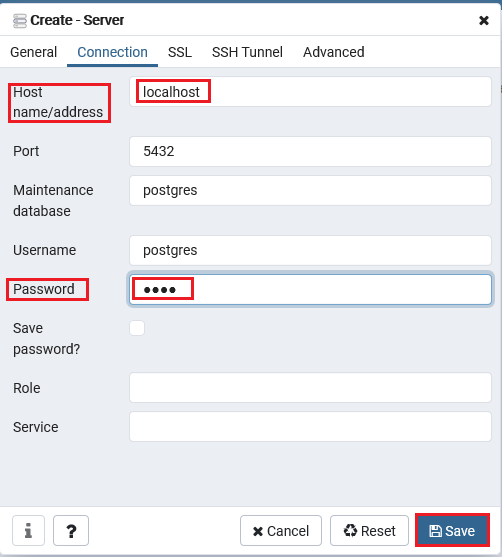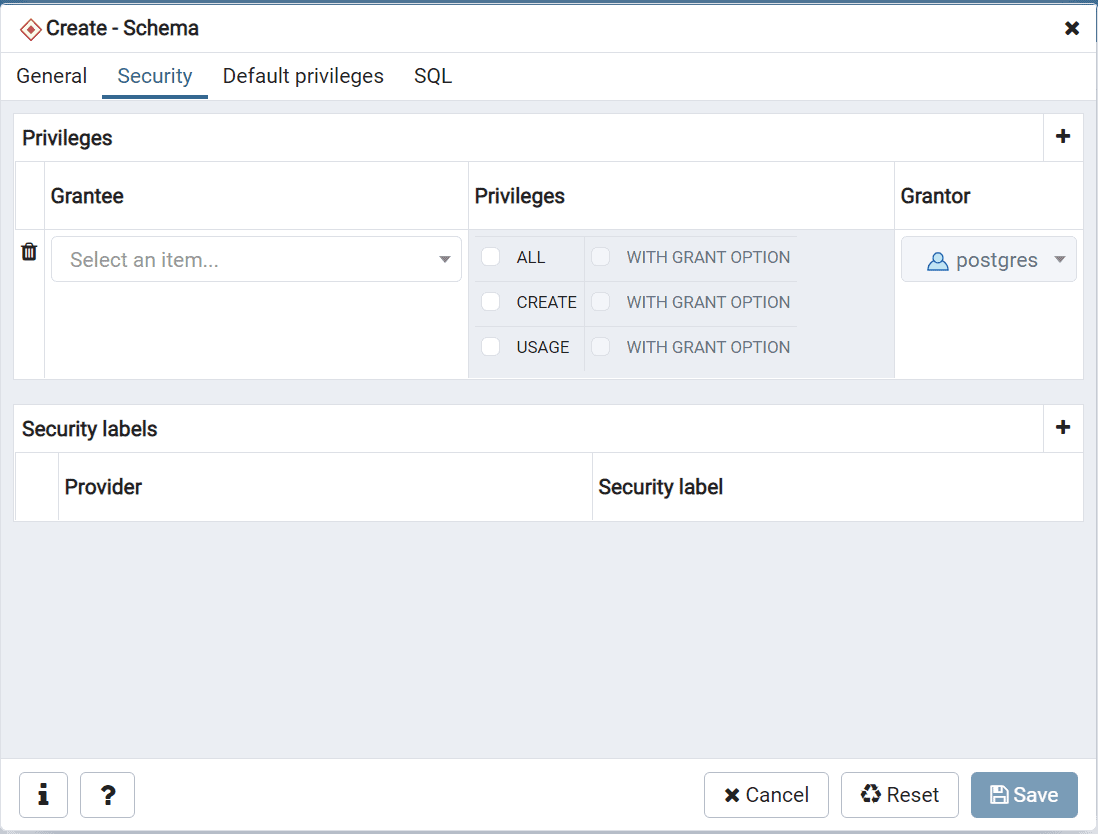

lc_ctypeĬharacter classification ( LC_CTYPE) to use in the new database.

The default is to use the collation order of the template database. This affects the sort order applied to strings, e.g., in queries with ORDER BY, as well as the order used in indexes on text columns. lc_collateĬollation order ( LC_COLLATE) to use in the new database. If you want to make them the default for a specific database, you can use ALTER DATABASE. The other locale settings lc_messages, lc_monetary, lc_numeric, and lc_time are not fixed per database and are not set by this command. This is a shortcut for setting LC_COLLATE and LC_CTYPE at once. In some situations, this may have a noticeable negative impact on overall system performance. While this does reduce the write-ahead log volume substantially, especially if the template database is large, it also forces the system to perform a checkpoint both before and after the creation of the new database. Each such record represents copying an entire directory to a new location at the filesystem level. This strategy writes a small record to the write-ahead log for each tablespace used by the target database. The older FILE_COPY strategy is also available. This is the most efficient strategy in cases where the template database is small, and therefore it is the default. If the WAL_LOG strategy is used, the database will be copied block by block and each block will be separately written to the write-ahead log. Strategy to be used in creating the new database. The character sets supported by the PostgreSQL server are described in Section 24.3.1. Specify a string constant (e.g., 'SQL_ASCII'), or an integer encoding number, or DEFAULT to use the default encoding (namely, the encoding of the template database). encodingĬharacter set encoding to use in the new database. The name of the template from which to create the new database, or DEFAULT to use the default template ( template1). To create a database owned by another role, you must be a direct or indirect member of that role, or be a superuser. The role name of the user who will own the new database, or DEFAULT to use the default (namely, the user executing the command).

The PG binaries (applications) can also be used.The name of a database to create. LOGIN - the user being created has the right to log in.INHERIT - the user being created inherits some default options, optional.CREATEROLE - the user being created can create roles (logins) for objects it owns or has specific access to (like databases it has created).CREATEDB - the user being created can create databases which it will own.NOSUPERUSER - the user being created does not have superuser rights (like the postgres user, recommended).
Update postgresql to allow user connection to databse password#
Create user from the start with CREATEROLE and CREATEDB permissionsĪfter you've logged in to the PG server with the command line client, with a user that has the appropriate rights to create users (like the postgres user, which by default on UNIXes can be impersonated easily by the system super user with $ sudo -u postgres psql postgres): CREATE ROLE user_name PASSWORD 'tYPe_YoUr_PaSSwOrD' NOSUPERUSER CREATEDB CREATEROLE INHERIT LOGIN


 0 kommentar(er)
0 kommentar(er)
